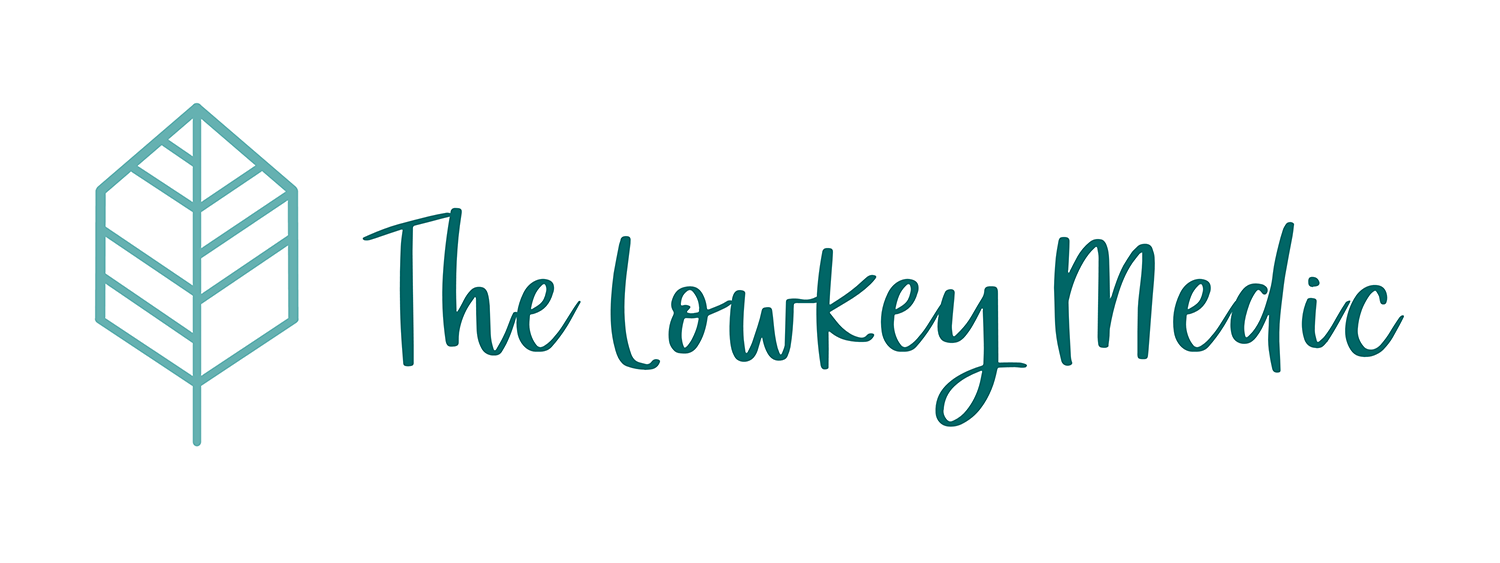Overview of Anatomy Lessons
For every anatomy lesson, we have pre-recorded lectures. We are expected to prep with these resources before class.
Then, we have a 3-hour Anatomy Practical session, where we go to the Anatomy Learning Centre and learn by getting our hands on real specimens and models. Typically, we’ll cycle through Gross Anatomy, Histology, and Radiology (though certain sessions may not have Histology or Radiology).
The Practical is followed by a half-day TBL session to consolidate our learning.
(Note: TBL stands for Team-Based Learning, which is the main pedagogy used at NTU LKCMedicine. You can read more about it here.)
How We Learn Gross Anatomy
We leverage a mix of plastinated specimens, anatomical models, 3D-printed specimens, the Anatomage Table, and apps to learn anatomy. We also have pathology specimens to visualise disease processes.
Plastinated Specimens
Plastinated specimens are real human bodies specially preserved for anatomy learning. These specimens can be a full body, or specific body parts like the heart. They’re just like anatomical models, except with very realistic features and intricate detail.
There are many distinct advantages of using plastinated specimens over traditional cadavers, making it an excellent teaching tool.
To sum up some of the advantages of plastinated specimens:
- Exceptional durability – can be repeatedly handled without deterioration and stored like any inert object
- High-resolution intricate details of structures, such as vessels, nerves, and muscle
- Greater flexibility of use, including the ability to interface with computer software

Anatomical Models
These are fake models usually with detachable parts. There are dedicated models for different body parts, including ones of the brain, eye, bones, and any other body systems you can think of.
They are great for visualisation, and a very helpful complement to the plastinated specimens. They enable a 3D understanding of structures that may not be viewable on plastinated specimens (e.g. a blown-up ear where you can see the internal structures). The ability to pick apart the components gives you a good idea of how different structures are related.
Personally I think plastinated specimens, coupled with anatomical models, are the best tools you can have for learning anatomy.

3D-Printed Specimens
A prof at our school has pioneered the use of 3D-printed specimens for anatomy learning. These are made based on real human specimens and can come in varying colours.

Anatomage Table
Imagine a life-size iPad where you can scroll, pan, isolate structures, and view any part of the whole human body. It goes all the way from the external to the innermost structures. That’s exactly what the Anatomage Table is.
If you’ve tried Complete Anatomy or similar apps, it’s just like that except on a screen the size of a human. Also the Anatomage is built on a real human cadaver, not digitally synthesised images, so it’s highly realistic.

Anatomy Learning Apps
Our school provides a subscription to Anatomy.tv. This is an app with interactive human anatomy models. Anatomy.TV has Whole Body as well as different regions (e.g. Thorax, Abdomen).
LKCMedicine has also developed our very own anatomy app. It’s just like all those anatomy apps out there (interactive, can pan and enlarge etc), and the models are the very same plastinated specimens in our Anatomy Learning Centre.
I tried our app and honestly think it’s even better than Anatomy.TV. (I like the plastinated specimens which look more realistic. It’s also easier to navigate and find the structures you want.)

(I think the LKC anatomy app hasn’t officially launched yet? So honestly not sure if I can show it here. Wish I could show you a screenshot, I really like it.)
Pathology Specimens
LKCMedicine has an extensive collection of pathology specimens covering all body systems at our Anatomy Resource Centre.
By simply scanning a QR code tagged to each specimen, you can view high-resolution images and accompanying explanations of the pathology.
(I really love this and think it’s so helpful for our learning. Just that I haven’t really had time to look through even a fraction of the vast number of specimens we have. It’s such a great resource though.)

How We Learn Histology
We have pre-prepared histology slides and view these under the microscope during the Practical session.
(Without the pre-readings, the prof’s teaching, and Google Images, I’m pretty sure I’ll have absolutely no idea what any of the blobs are.)

How We Learn Radiology
Professional radiologists come down to teach us. We go through various imaging modalities such as ultrasound, X-ray, CT, and MRI, as well as the relevant anatomy for that body system as seen through these imaging techniques.
We also have the chance to perform ultrasound during certain Anatomy Practicals.

Our Anatomy Learning Centre
An Honest Review – Is It Good?
Everyone agrees that NTU LKCMedicine’s Anatomy Department is excellent. The Faculty is really good. We also have a huge range of tangible and digital tools, as well as plenty of quality resources to enhance our learning.
While we are not able to have cadavers due to the shortage in Singapore, our learning of anatomy is in no way compromised. I initially worried about skills too (we won’t be dissecting), but soon learnt that: (1) cutting dead flesh is completely different from real flesh in surgery, (2) we start practising skills early on at LKC (e.g. we learn suturing in Year 1), and (3) there are abundant opportunities at the right time to pick up surgical skills.
Overall, I think Anatomy is extremely well-taught at LKC—more than I could ever have asked for 😌
P.S. Our school also organises the Anatomy Challenge every year, drawing pre-university students from all over Singapore.
Related Links
Disclaimer: Any views expressed here are solely those of the author and do not reflect the official policy or position of any institution.
Have a question? Feel free to contact me or leave a comment below. I read and respond to every message.


